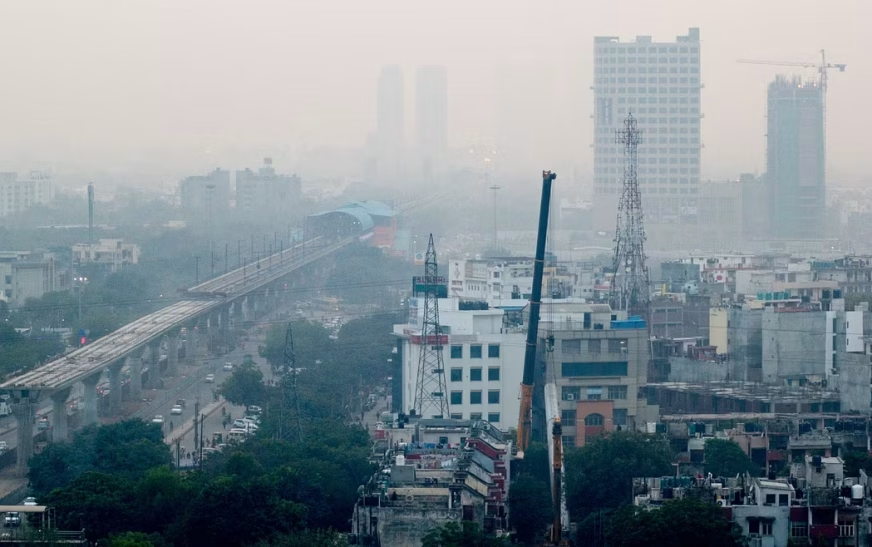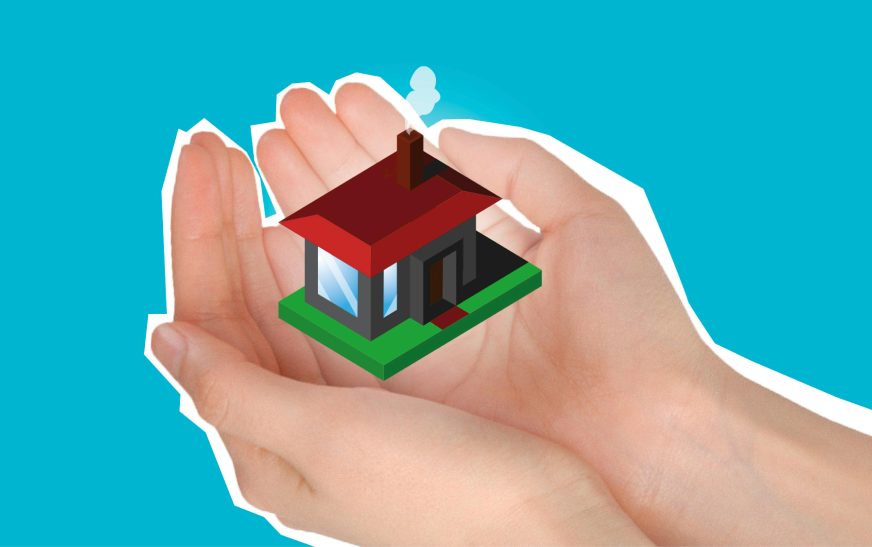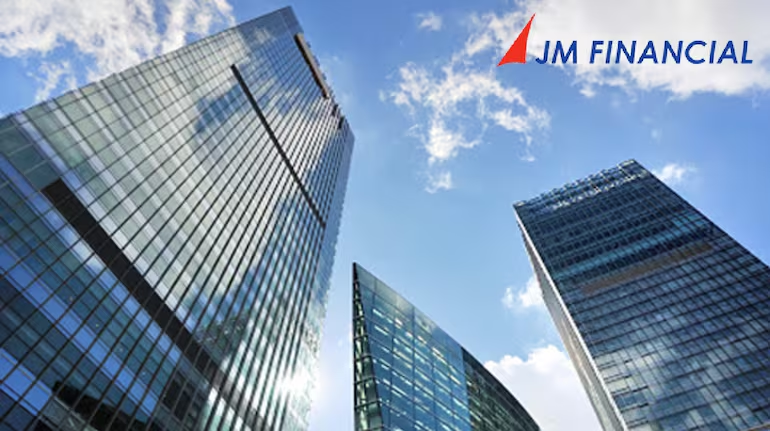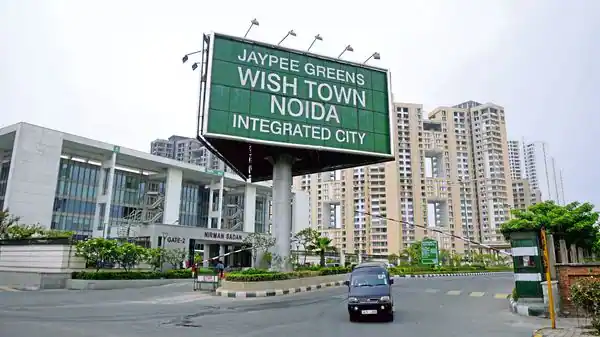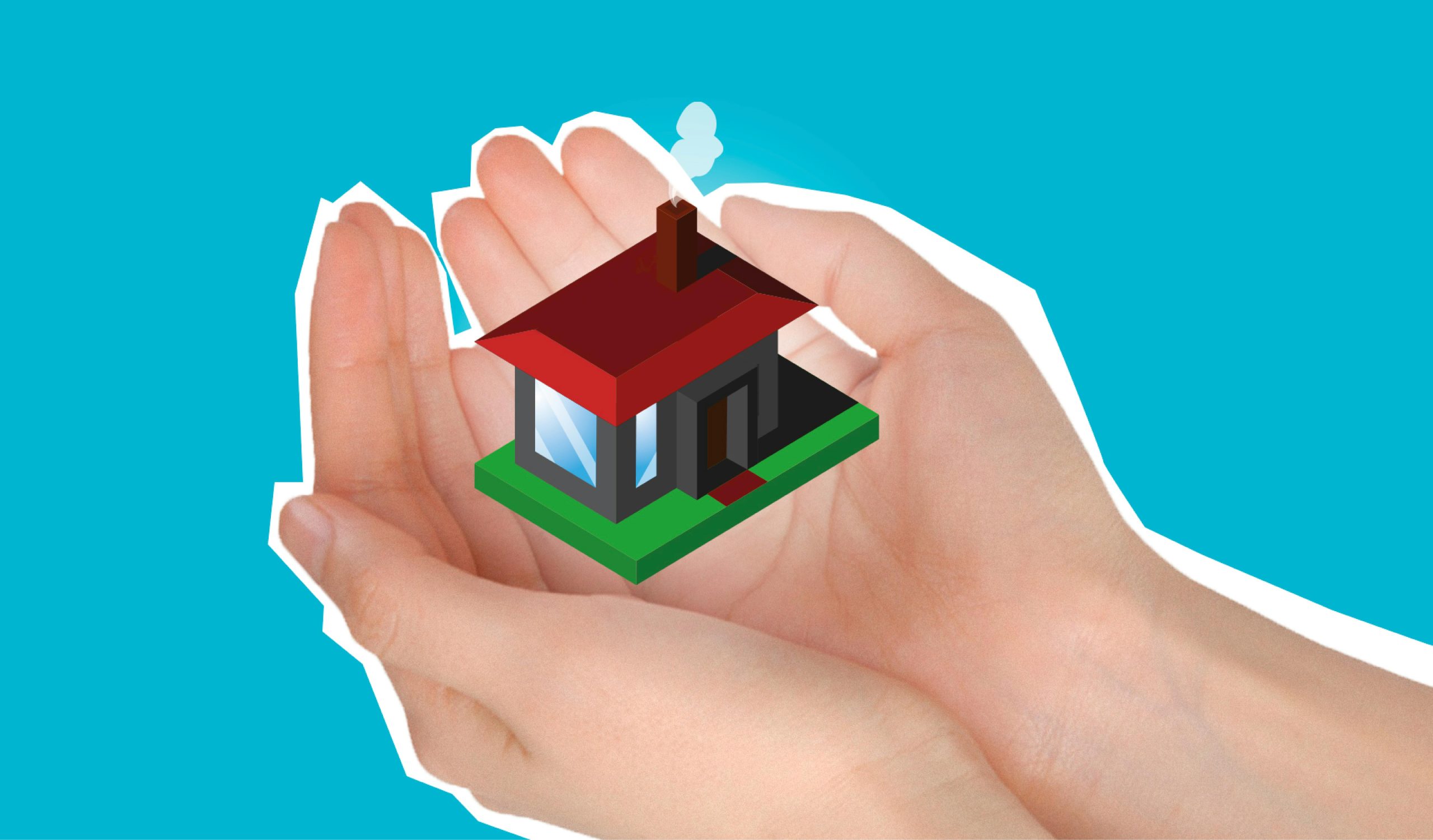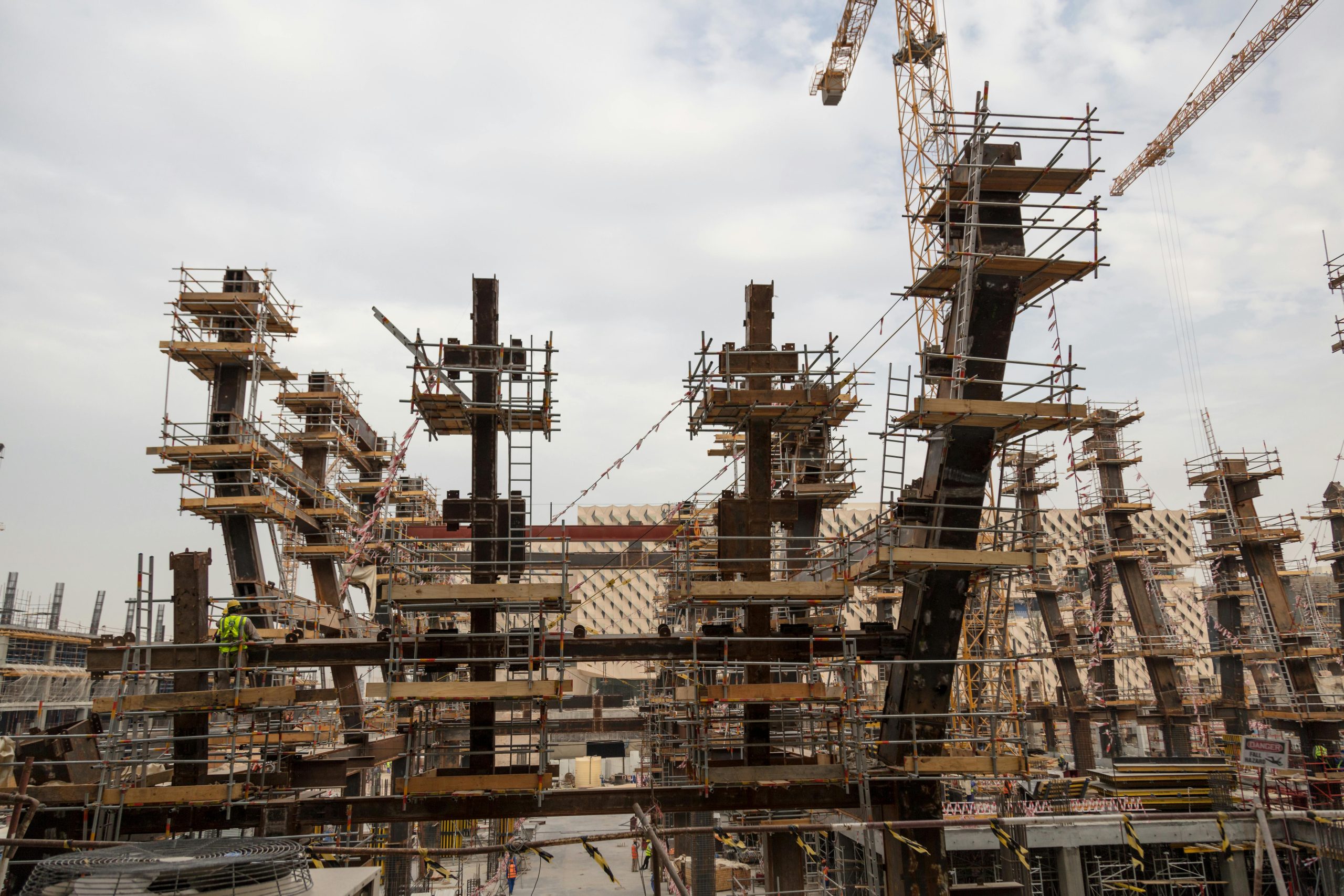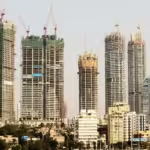India’s rapid urbanization is facing a reckoning due to unplanned growth, inadequate infrastructure, and a lack of affordable housing. Experts urge a shift towards sustainable practices to create a future-proof urban landscape for its growing population.
India’s urban landscape, once hailed as a growth engine, is grappling with growing pains. The breakneck pace of urbanization, while propelling economic activity, has exposed the limitations of the current development model. Critics point to a multitude of challenges threatening its sustainability.
Unplanned sprawl figures prominently on the list of concerns. Cities are expanding outwards without proper infrastructure planning, leading to congested roads, unreliable power grids, and overburdened water supplies. Affordable housing remains a major hurdle, with millions squeezed into slums or inadequate living conditions. A recent report by the National Housing Bank of India estimates a shortage of over 20 million urban housing units.
The specter of climate change further complicates the picture. Overcrowded cities with limited green spaces are particularly vulnerable to extreme weather events. The Delhi School of Economics, in a recent study, linked the rise in building collapses to unplanned constructions and erratic weather patterns. Experts warn that unless course correction happens swiftly, India’s urban dream could turn into a nightmare for its burgeoning population.
The need for a paradigm shift is clear. Sustainable urban planning practices, with a focus on creating walkable cities, robust public transportation systems, and energy-efficient buildings, are crucial. Additionally, prioritizing affordable housing development and investing in climate-resilient infrastructure are critical steps towards ensuring a livable and equitable urban future for India.

